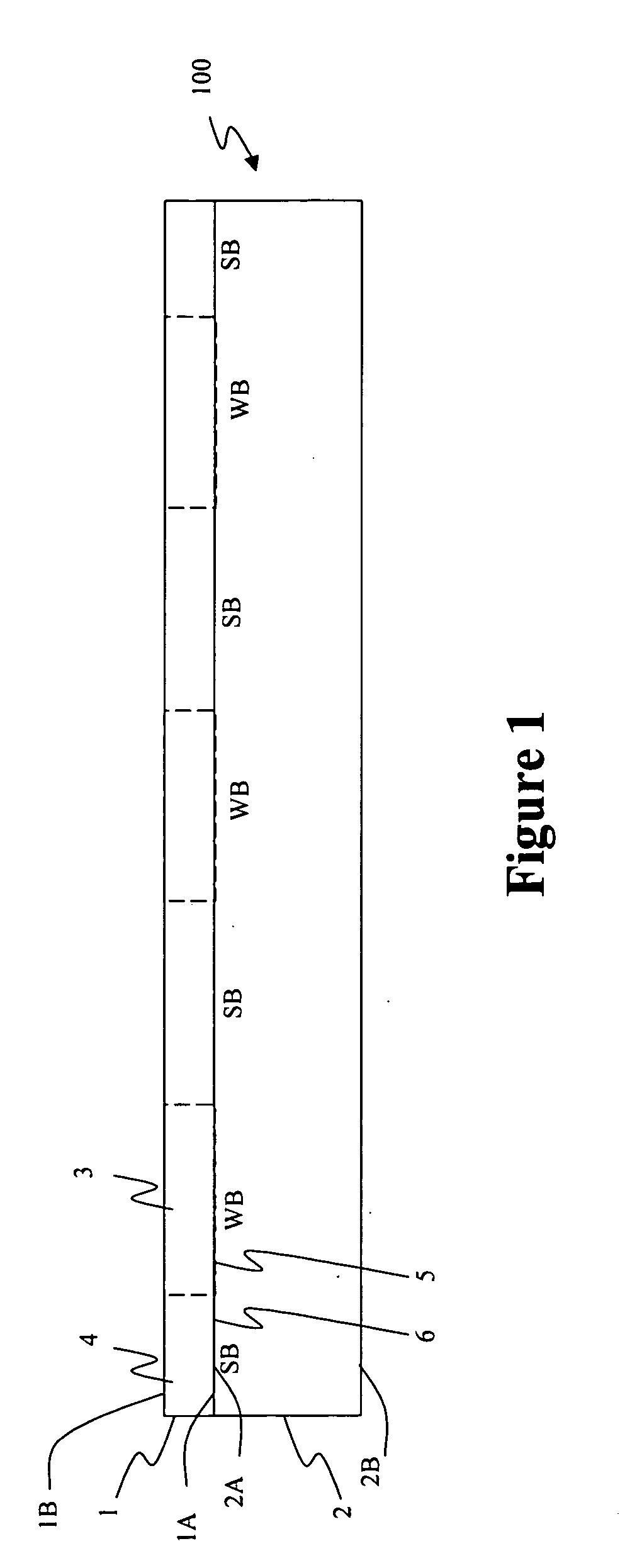This approach allows only very limited vertical integration into the third dimension.
Unfortunately, the billion dollar costs are also well known to down-size the transistors one generation further and such transition process has also been hindered by technological difficulties, e.g., inability to smoothly integrate low-k dielectrics to reduce RC delay which is critical for submicron technologies.
If the devices are thinned and stacked on top of each other, the advantages in cost and circuit density are potentially huge.
Current methods all have limitations with respect to package size, cost, reliability and yield impact.
However, it is obvious that this technology is only a short-time solution because there is no revolutionary improvement.
The density of the devices is strictly limited to few layers.
Comparing with the package stacking, this method can reduce the dimension of IC stacks, but still cannot fully meet the challenge of 3D integration, since only packaging process and materials on each die can be saved in this technology.
Obviously this technology is time-consumption and high risk to damage the ICs during etching or grinding process.
However, this reference teaches a method that may be prohibitively expensive and severally functionally limited.
A key disadvantage of the method taught in the aforementioned U.S. Pat. No. 6,335,501 is that the applicants thereof note that forming three-dimension circuits on a wafer scale leads to low yield.
Further, alignment of each chip is considered to be a significant problem preventing wafer scale stacking.
Other disadvantages relate to the number of sequential repeated process steps.
These drawbacks lead to several disadvantages related to cost and functionality.
Cost detriments are found with the grinding removal; numerous sequential steps; chip scale as opposed to wafer scale stacking, wherein wafer scale is known to reduce cost; inability to overcome yield issues on wafer scale thus reverting to chip scale; limitation of the number of layers, thus to form higher number stacks, stacks must be stacked on other stacks; overall yield is decreased because the number of sequential statistically dependant through interconnects; multiple reflow steps potentially damage other layers.
Functionality drawbacks include lack of diagnostics; lack of interconnect versatility; limited space for interconnects; limited addressability of large stack, particularly memory stack; no ability to integrate noise shielding; no ability to integrate heat dissipation; no ability of ground plane; limitation of the number of layers.
The individual stacking and interconnection of die, along with the requirement for KGD causes this to be a very expensive manufacturing method.
Since accumulative surface roughness affects deposition of high quality polysilicon, the number of device layers is very limited.
Due to the nature of continuous growth, previously deposited layers have to undergo thermal cycles during fabrication of top device layers and device quality is affected.
Also due to these factors, application of this approach is limited only to the fabrication of rather simple devices, i.e., one-time programmable memory.
One primary deficiency is due to yield loss.
The processing is expensive and the yield loss for the stack is the compounded yield loss for each device in the layer.
The increased yield loss is sometimes tolerated for inexpensive devices such as SRAM stacks.
The process is very expensive and the applications have been limited to high end users, such as military and satellite technology.
Another deficiency of conventional vertical integration is due to the fact that the technology is limited to a die-scale.
The high cost of handling and testing individual die restricts these methods to high-end applications.
Another problem known throughout conventional manufacturing processes forming circuits is the requirement to support the processing device on a substrate.
Such tech
 Login to View More
Login to View More  Login to View More
Login to View More 


